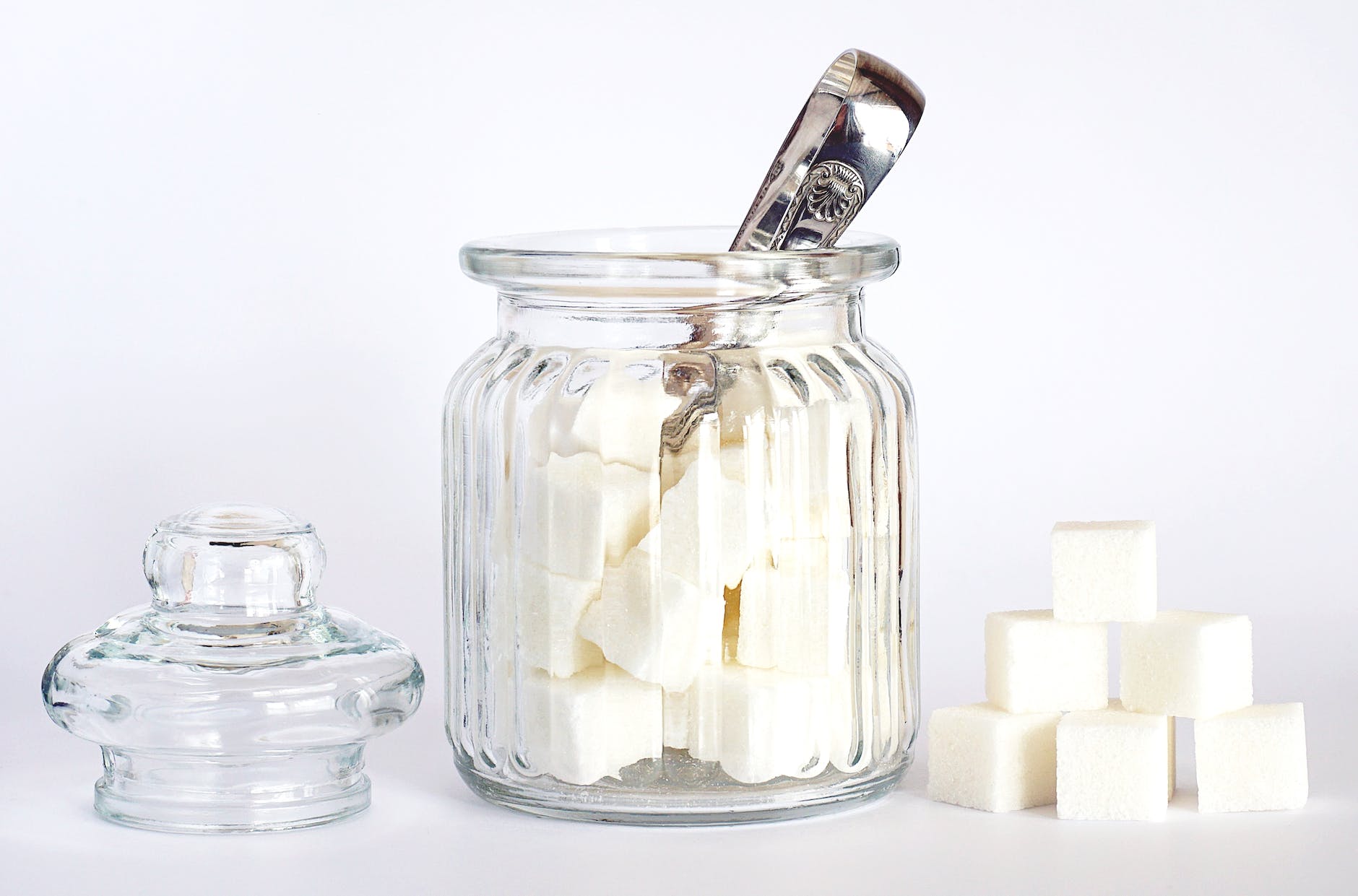
In today’s health-conscious society, sugar has become more than just a sweet treat. It’s a topic of intense debate, wrapped in layers of scientific studies, dietary guidelines, and a dash of cultural nostalgia. But what’s the real story behind sugar’s impact on our health? Let’s sift through the facts, debunk the myths, and uncover practical ways to enjoy sugar without compromising our well-being.
Sugar Unveiled: More Than Just Sweetness
Sugar, in its many forms, is a fundamental component of our diet. It’s not just the granulated white substance we spoon into our morning coffee; it’s a complex category of carbohydrates that includes everything from the glucose that fuels our body to the fructose found in fruits. However, it’s the added sugars in processed foods that have raised alarm bells among health professionals.
The Heart of the Matter: Sugar and Your Health
Recent studies have shed light on the darker side of sugar, linking excessive consumption to an array of health issues. From heart disease to diabetes, and even to mental health concerns like depression, the evidence is stacking up against sugar. But it’s not just about the quantity; it’s the quality and source of sugar that matter.
Decoding Labels: The Hidden Sugars Among Us
One of the first steps to smarter sugar consumption is becoming a label detective. Added sugars lurk in many foods, often masquerading under names like corn syrup, dextrose, or sucrose. These added sugars contribute empty calories without nutritional benefits, tricking our bodies into craving more.
Sweet Alternatives: Finding Balance in Your Diet
So, how do we satisfy our sweet tooth without overloading on added sugars? Here are a few strategies:
- Fruit First: Opt for natural sugars found in fruits. They come with fiber, vitamins, and minerals, offering a healthier energy boost.
- Smarter Sweeteners: Explore natural sweeteners like honey or maple syrup in moderation. They offer more flavor, which means you might use less.
- Savvy Substitutions: In recipes, reduce the amount of sugar and compensate with spices like cinnamon or vanilla for added sweetness without the sugar spike.
Beyond the Table: Sugar’s Cultural Sweet Spot
Sugar isn’t just a dietary component; it’s woven into the fabric of our celebrations and traditions. Understanding this cultural significance can help us make mindful choices, enjoying sugar in the context of tradition and moderation rather than daily excess.
A Spoonful of Reality: Embracing Moderation
The key to managing sugar intake isn’t about strict avoidance but about informed moderation. Here are some steps to start with:
- Educate Yourself: Understanding the impact of sugar on the body empowers you to make healthier choices.
- Mindful Eating: Savor your sweet treats without distraction, which can lead to more satisfaction with less.
- Balance Your Diet: Ensure your meals are balanced with proteins, fats, and fibers that can help mitigate sugar’s impact on blood sugar levels.
The Sweet Conclusion
As we navigate the complex world of dietary sugars, the goal isn’t to demonize this essential carbohydrate but to understand its role in our diet and its effects on our health. By choosing our sugars wisely, seeking balance, and indulging in moderation, we can enjoy the sweet things in life without compromising our health.
This journey through the world of sugar aims to enlighten, empower, and encourage a balanced approach to dietary sweetness, ensuring that our choices lead to a healthier, happier life.
FAQs on “Sugar Coated Lies or Tasty Truths? You Decide!“
1. What exactly is ‘added sugar’?
Added sugar refers to sugars and sweeteners added to foods and drinks during processing or preparation, unlike natural sugars found in fruits and milk. It’s these added sugars that you should watch out for in your diet.
2. How much added sugar is too much?
The American Heart Association recommends limiting added sugars to no more than 6 teaspoons (25 grams) per day for women and 9 teaspoons (38 grams) for men.
3. Can eating too much sugar really lead to health problems?
Yes, excessive consumption of added sugars has been linked to various health issues, including obesity, type 2 diabetes, heart disease, and tooth decay.
4. Are natural sugars better for you than added sugars?
Natural sugars, found in whole fruits and vegetables, come with essential nutrients, fiber, and water, making them a healthier choice than added sugars.
5. What are some common hidden sources of added sugar?
Added sugars can be found in unexpected places like bread, canned soups, pasta sauces, and salad dressings. Always read labels to identify hidden added sugars.
6. How can I reduce my added sugar intake?
Start by reading food labels, choosing products with no or low added sugars, reducing the sugar amount in recipes, and opting for fresh, whole foods over processed ones.
7. Are sugar substitutes a healthy alternative to sugar?
Sugar substitutes can be useful for reducing calorie intake and controlling blood sugar levels, but they should be used in moderation. Some people may experience digestive issues or other side effects.
8. Does cutting out sugar improve health?
Reducing excessive sugar intake, especially added sugars, can lead to better weight management, improved metabolic health, and reduced risk of chronic diseases.
9. Can I still enjoy sweets while reducing my sugar intake?
Absolutely! Opt for natural sweeteners like fruits in your desserts, use spices like cinnamon to add sweetness without sugar, and focus on portion control.
10. What’s the best way to start reducing sugar in my diet?
Begin by gradually reducing the amount of sugar you add to foods and drinks, and choose unsweetened or low-sugar versions of your favorite products. Over time, your taste buds will adjust to enjoy less sweet flavors.
Blog Tags
sugar intake, health risks, natural sugars, added sugars, sugar substitutes, dietary tips, nutrition facts, healthy eating, sugar reduction strategies, reading food labels











